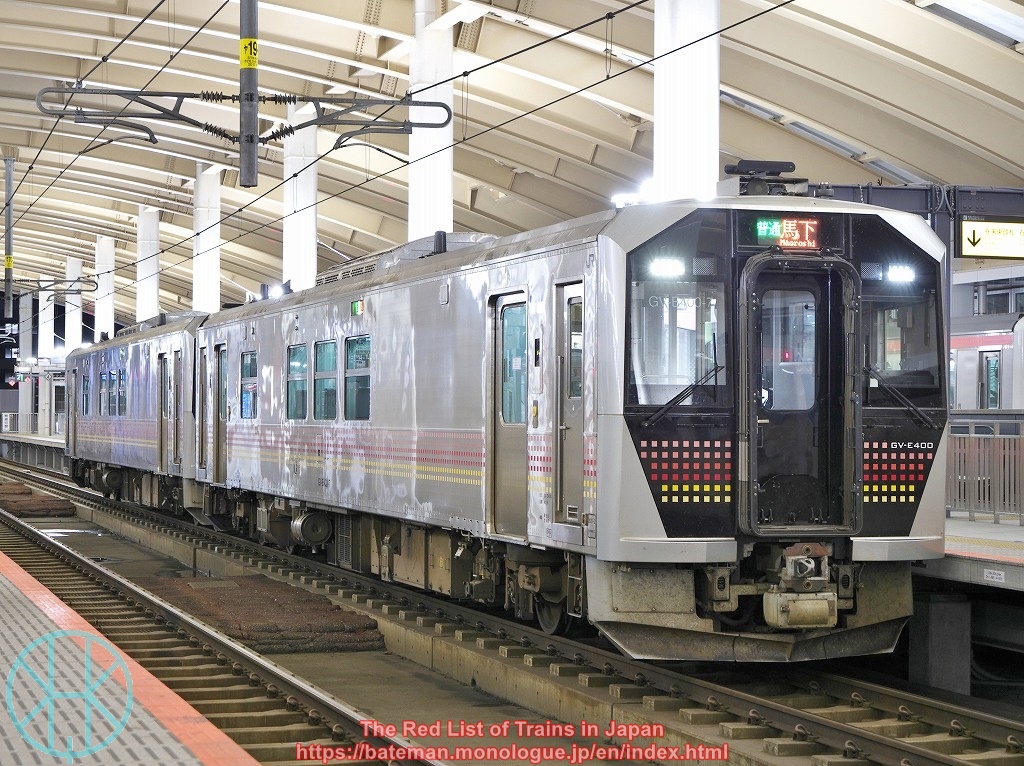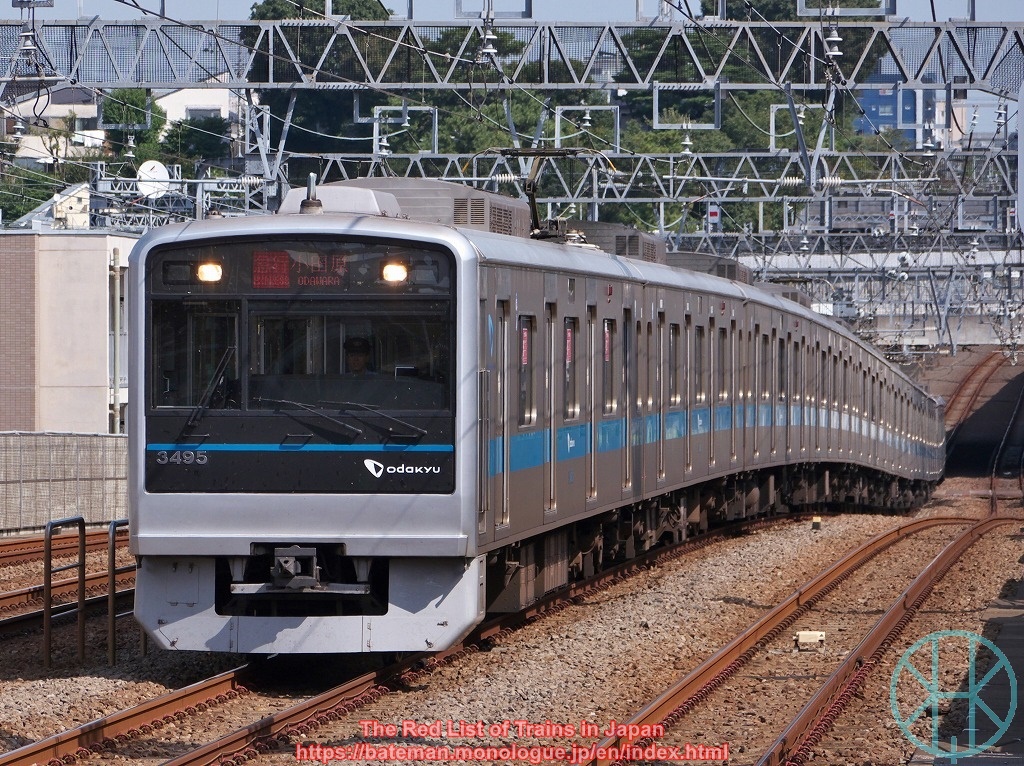On 2 August, Tokyu made a surprising announcement: an old train would be preserved and run mainline. Unlike the United Kingdom, preserving old trains for passenger service is rare in Japan so that the decision was welcomed by many railway enthusiasts. However, strict safety requirements are likely to prevent it from keeping the old train operational in the near future.
Tokyu 8500 series had been used mainly for Den-en-toshi Line including through-services towards Tokyo Metro Hanzomon Line and Tobu lines until last year. When the last unit retired on 23 January 2023, there were large groups of people sending off the old commuter train. Two days later, the unit was sent for scrap with hundreds of overexcited enthusiasts gathered at stations. Everyone thought that history of the 8500 series was over except a few units resold to small private operators in other parts of the country.
However, it was not over. Tokyu has decided to retain a unit (no. 8637), shortened from ten to four coaches. According to the official document, it will run Den-en-toshi and Oimachi Lines between Nagatsuta and Oimachi as well as Kodomonokuni Line. A four-car unit may sound short, but it is how the 8500 series looked like nearly 50 years ago. In fact, when it was introduced, Den-en-toshi Line services were not as extremely crowded as they are today.
The unit 8637 was introduced on 4 September 1986 (except the carriage 8980, which was introduced on 19 August 1987) so that it is quite different to the original 8500 series. Even so, quite a few railway enthusiasts asked Tokyu for the preservation. According to the company, the unit will run Kodomonokuni Line during high season, and it will also be used for rail tours.
The front end of carriage no. 8637 and right side of the train have blue bands, while the other side is the original style (only the front end of no. 8537 has a red band).
However, the preservation of the 8500 series is unlikely to last long. Tokyu plans to introduce CBTC (communications-based train control) to Den-en-toshi Line in 2028. The new signalling system requires a new device, but the cost is high. The unit will be unable to run when the CBTC is wholly implemented, meaning that it will only be able to run Kodomonokuni Line (which is just two miles long).
Furthermore, the overhaul certificate of the unit 8637 will expire in 2028. In Japan, a major overhaul is carried out once every four years (excluding those introduced recently as well as locomotives and bullet trains) unless an odometer records certain level of distance. Thus, it is highly uncertain if the unit can be operational on Kodomonokuni Line.
Japanese train operators are generally reluctant to preserve old trains, but this is mostly due to safety requirements. Unlike Britain, train companies and the authorities in Japan are highly dependent on computer-based safety systems rather than drivers' attention. The improvement that has taken place particularly since the mid-2000s have made the Japanese railways even safer, but it also made the train preservation even more difficult.











































